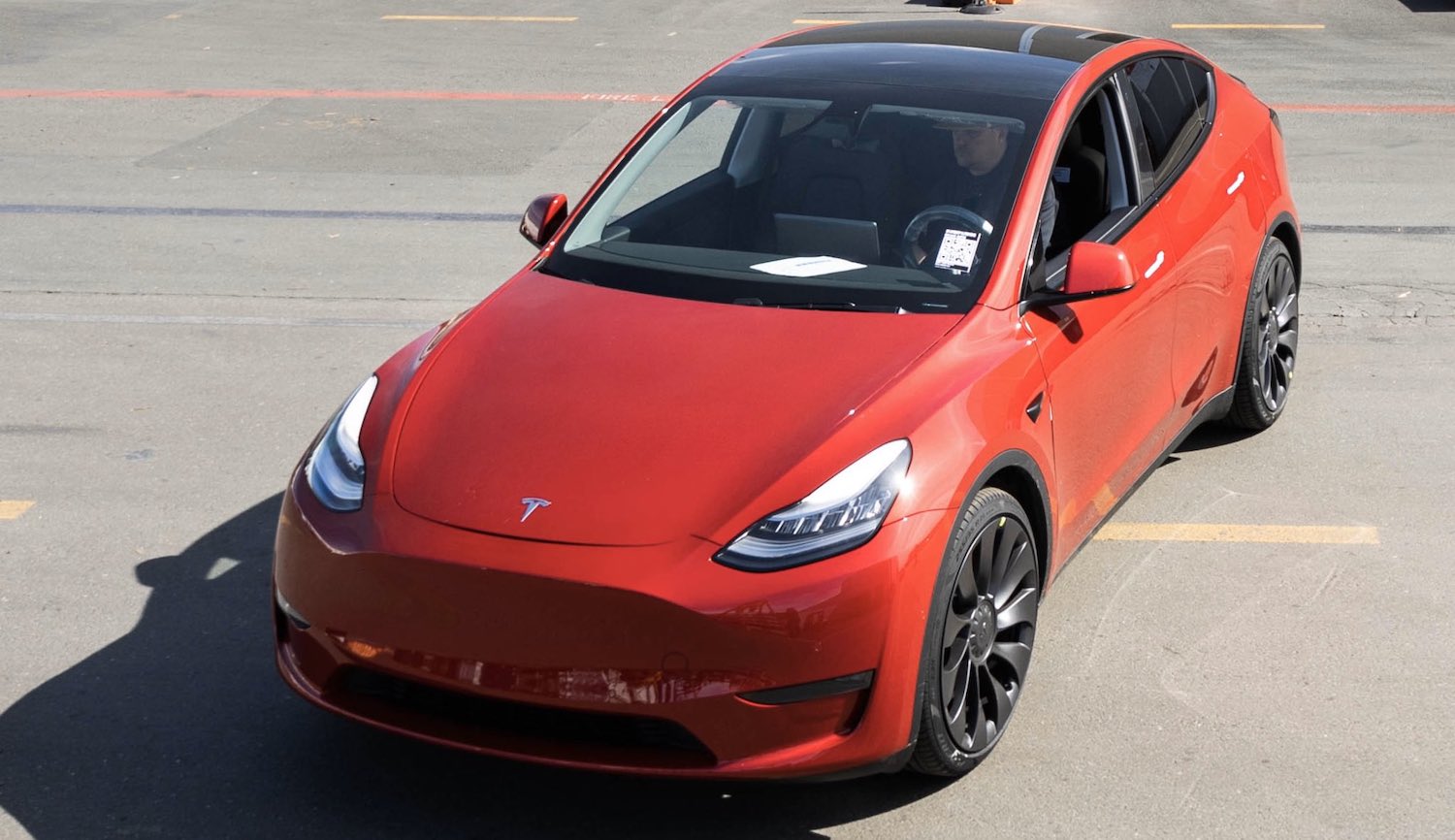Tesla produced 1 million cars more quickly than Ford
With a contract signed with Lotus for the delivery of just 2500 Elise gliders—the technical term for a chassis without a powertrain—Tesla assembled its first three Roadsters by March 17, 2008. Due to using low-volume production methods, it took the California-based startup almost nine month to finish its 100th Roadster, followed by three years dedicated to making roughly 2350 more. And once the two-seater’s production ran out in 2012, Elon Musk’s team immediately switched to building the Model S, totaling at 3100 vehicles combined that year.
Yesterday, less than 12 years since its manufacturing inception, Tesla produced its 1 millionth car. The honorary vehicle is a red Model 3 made during an era when the company is capable of forking out over 112,000 Model S, Model 3 and Model X variants a quarter, a rate that brought 2019’s total to 367,500 vehicles.

If there’s anything we learnt from Tesla’s fascinating evolution, it’s that regardless of the powertrain, the biggest challenge for a new carmaker is still to be as skilled and consistent at mass-volume production as traditional manufacturers are, given their many years to refine the process. And when it comes to efficiency and speed, we don’t need to look for a better example than Ford, introducers of the world’s first moving assembly line.
Henry Ford may have built his first quadricycle 1896, but it was only on June 16, 1903, fresh out of a bankruptcy, when he could start the Ford Motor Company to produce right-hand-drive Model As. A few hundred Model K, Model N and Model S sales followed, and Ford introduced the Model T in 1908, reaching five-digit production rates by the following year.
Ford only introduced the world’s first moving assembly line in 1913, but that move pushed its output beyond 200,000 cars almost immediately, and to over half a million cars by 1915. And with 25 assembly plants all over the world chucking out more cars than they could count, Ford produced its 1-millionth automobile on December 10, 1915, at the River Rouge plant in Detroit.

Ford needed approximately 150 months to get to a million cars, while Tesla got there in just 143, give or take. You may argue that today’s conditions are somewhat different compared to daily life in 1915, but Tesla’s challenge to the car world measures up to Henry Ford’s, who was a stubborn industrialist using technology to stay one step ahead of the curve.
Any way you look at it, 12 years to a million is not a bad achievement, but a milestone Tesla can be very proud of. Volkswagen Beetle production technically started in 1938, but after the war, civilian output wouldn’t reach 9000 units for 1947, or 20,000 for 1948. The 1 millionth Beetle left Wolfsburg on the 5th of August, 1955, some seventeen years after the first KdF-Wagens landed in the hands of select German military officers.

Even without noting that Volkswagen’s plant was bombed to dust during WWII, Ford has every right to laugh at the Germans’ production output for the Beetle, since Dearborn was done with its 1 millionth pony car by March 2, 1966. Evidence of that is the silver Mustang photographed with the airline pilot who accidently bought the very first Mustang, a pre-production car made two years earlier.
That’s right. In the mid-1960s, Ford needed less than two years to produce one million Mustangs. (And the 10-millionth pony rolled off the line in 2018.) Volkswagen may have got to 21,529,464 Beetles in 65 years, and congratulations to Tesla for beating Henry Ford to a million. But when it comes to sales and production rates, it’s the Ford Motor Company’s early Mustangs with the real bragging rights. The 1 millionth had a V-8, of course.



